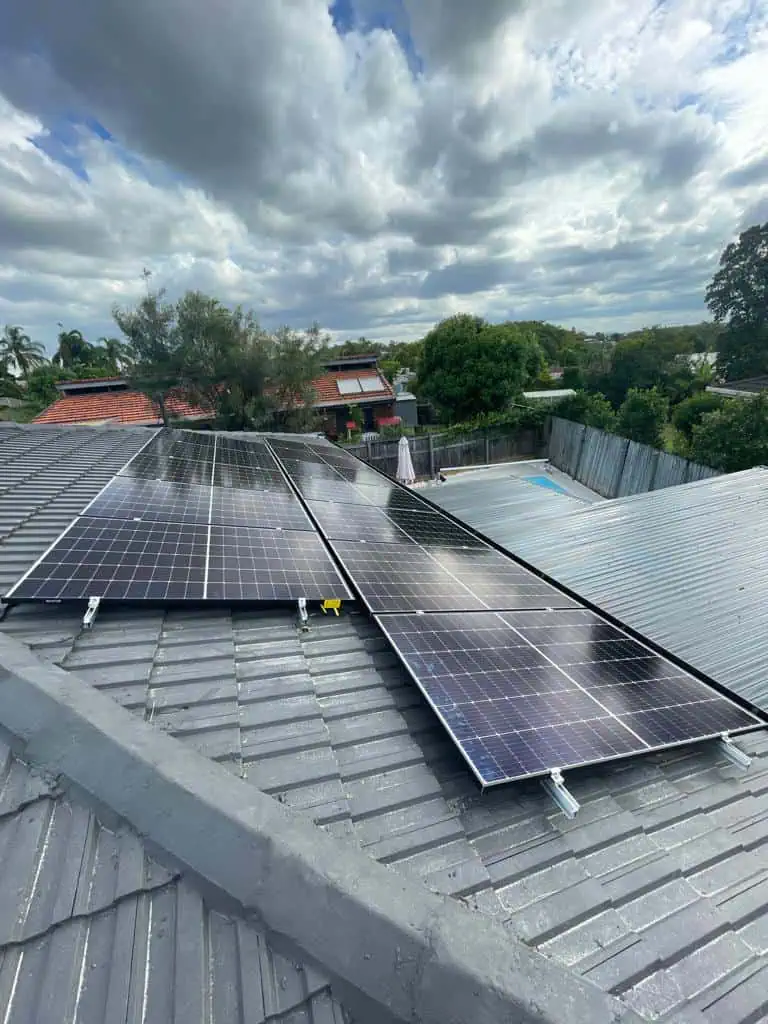-
Feed de notícias
- EXPLORAR
-
Blogs
Solar Panel Installation Guide for Home and Commercial Energy Needs

As the demand for clean and renewable energy grows, solar power has become a reliable solution for both homeowners and businesses. Installing solar panels not only reduces electricity bills but also contributes to a sustainable future. Whether you are planning to power a home or a commercial facility, understanding the essentials of solar panel installation is the first step toward energy independence.
1. Assessing Energy Requirements
Before beginning the installation, calculate your average monthly electricity consumption. For homes, this usually involves reviewing past utility bills. For commercial facilities, a detailed load analysis may be required to identify peak usage hours and energy-intensive equipment.
2. Site Evaluation and Roof Inspection
A solar installation needs adequate sunlight exposure. South-facing roofs (in the northern hemisphere) or open land with minimal shade are ideal. For commercial spaces, flat roofs are often used, enabling flexible panel placement. A structural inspection ensures that the roof or surface can handle the additional weight of the panels.
3. Choosing the Right Solar System
There are three main types of systems:
· Grid-tied systems – Best for reducing utility costs while staying connected to the power grid.
· Off-grid systems – Ideal for remote areas with no grid access, requiring battery storage.
· Hybrid systems – A mix of both, offering flexibility with batteries and grid support.
4. Selecting Quality Equipment
High-efficiency solar panels, durable inverters, and reliable mounting structures are essential for long-term performance. Commercial projects may also require advanced monitoring systems for real-time energy tracking.
5. Installation Process
· Mounting the Panels: Frames are fixed at an angle for maximum sunlight capture.
· Wiring and Connections: Panels are wired to the inverter, which converts DC electricity to AC.
· Integration with Power Supply: The system is connected to the home’s electrical panel or the facility’s distribution system.
· Testing and Commissioning: The system is checked for safety, efficiency, and compliance with local regulations.
6. Maintenance and Monitoring
Solar panels require minimal maintenance, typically limited to cleaning dust or debris every few months. Commercial setups often integrate digital monitoring platforms that provide insights into energy generation, savings, and system health.
7. Financial Benefits and Incentives
Both homeowners and businesses can enjoy reduced energy bills, increased property value, and in many regions, government subsidies or tax benefits for adopting solar power. Commercial users may also benefit from accelerated depreciation policies, making solar a smart financial decision.
Final Thoughts
Switching to solar energy is a practical step toward cost savings and environmental responsibility. With proper planning, quality equipment, and professional installation, both residential and commercial properties can benefit from a reliable and sustainable power source.
Why Every Australian Homeowner Should Consider Solar Panel Installation in 2025
Why More Australian Businesses Are Switching to Commercial Solar in 2025






